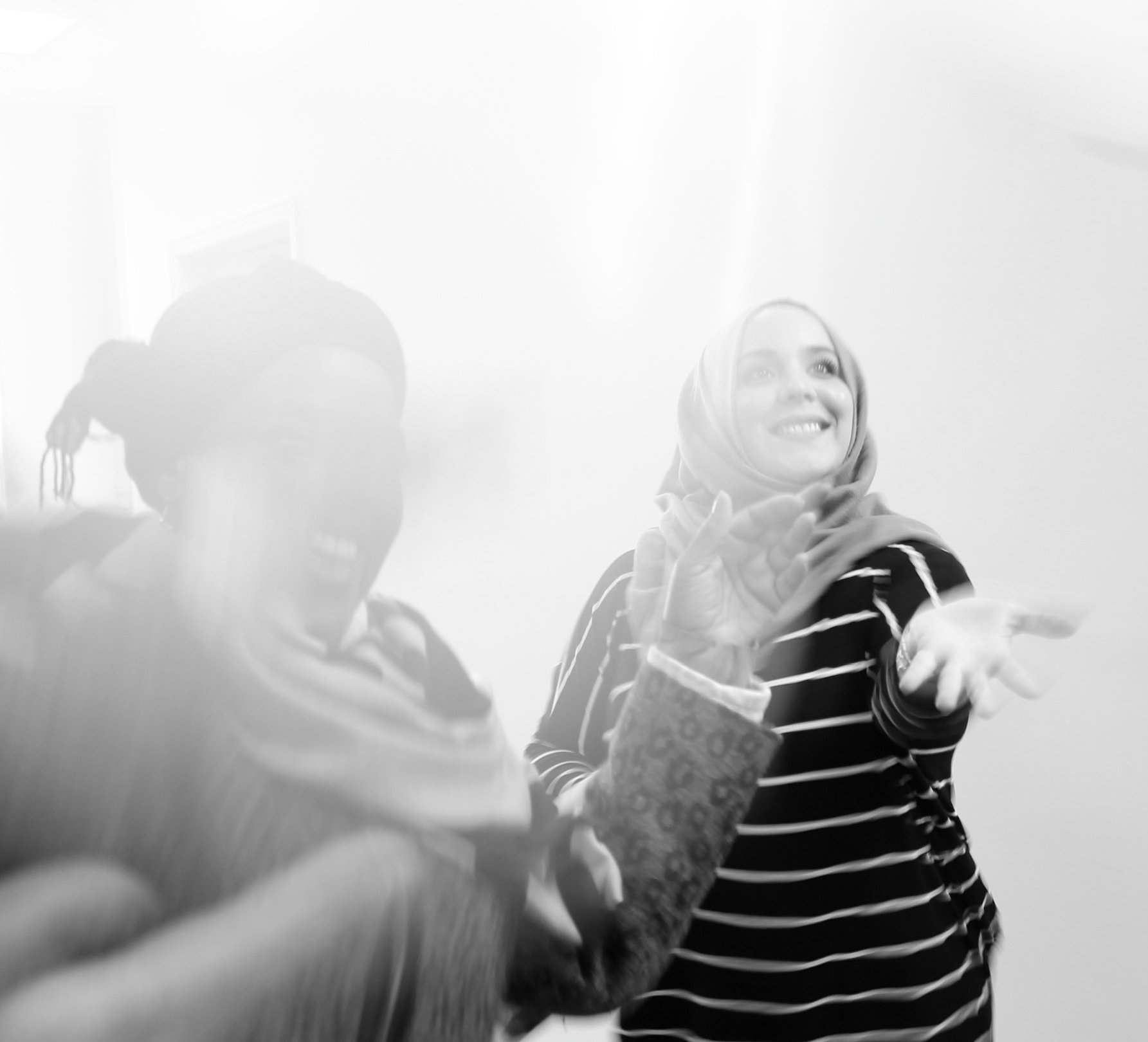
Roots of Connection Blog
Our Latest Post
Finding balance in life isn’t about chasing perfection—it’s about making small, meaningful choices every day that help you feel your best. Three things matter more than most: moving your body, eating well, and staying curious about your health. When you weave these habits into your daily routine, you set yourself up for a life that feels fuller, healthier, and more joyful.
Our blog is designed to help you discover content related to our core areas of focus: physical and emotional well-being, self-development, and social connection.
Search by Keyword
Finding balance in life isn’t about chasing perfection—it’s about making small, meaningful choices every day that help you feel your best. Three things matter more than most: moving your body, eating well, and staying curious about your health. When you weave these habits into your daily routine, you set yourself up for a life that feels fuller, healthier, and more joyful.
The appreciation of pleasure, liveliness, and sociability means promoting good health. Any technique that encourages cheerful recognition, interaction, or appreciation of the insanity or inconsistency of life conditions the body and promotes health and well-being.
They say session design can make or break your facilitation. I couldn’t agree more. A well-designed session is the foundation—it sets the tone and structure for everything that follows, whether you're leading a workshop, conference, class, or retreat. Add thoughtful facilitation and, of course, a room full of energetic, passionate participants, and you have the perfect combination.
When I used to work in health clubs, most people would come up to me asking what they can do to improve their nutrition and overall health. Today, I’m sharing the top five things you can do to start feeling better!





Pain behaviours are a communication tool between patient and clinician and other observers. They can help us to understand the intensity, pain pattern, and the patient’s threshold. It also allows us to identify what type of pain the patient has and what kind of patient has the pain… Simply, pain behaviour gives an excellent psychosocial understanding of the patient, their family, and their environment.